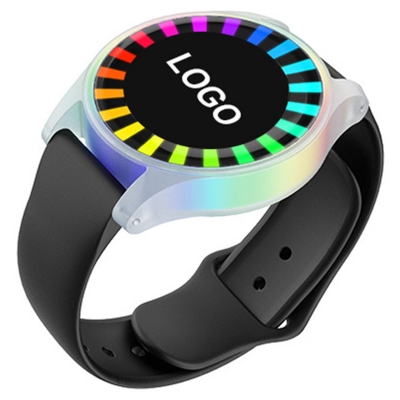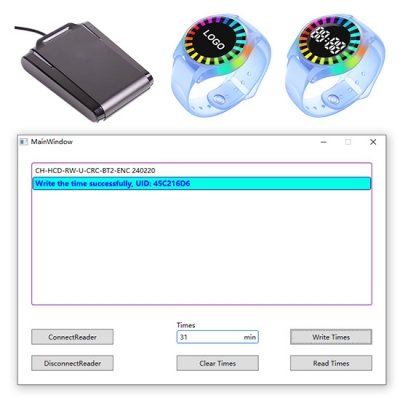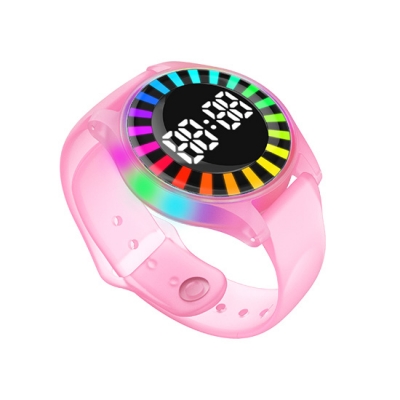Para lojas de roupas, o mais difícil talvez não sejam os concorrentes e os clientes difíceis, mas o surgimento repentino de cabides vazios. Para os lojistas, essa é, sem dúvida, uma experiência dolorosa.
Mas e se as roupas pudessem "se proteger"? E se a sua localização exata pudesse ser visualizada em tempo real?
1. Etiquetas têxteis RFID - as guardiãs das roupas
Etiquetas RFID que podem ser incorporadas em roupas disponíveis no mercado são como o DNA invisível das roupas. Para os varejistas de vestuário, esse "DNA invisível" traz três vantagens disruptivas:
Redução de custos de mão de obra: Os funcionários podem usar leitores UHF portáteis para contar 3.000 peças de roupa em apenas 10 minutos, substituindo a contagem manual, que demandava tempo e mão de obra intensiva. Do depósito à loja, cada peça de roupa só precisa ser escaneada uma vez.
Classificação sem erros: Para lavanderias comerciais que prestam serviços a hotéis ou hospitais, o RFID pode automatizar o processo de classificação, garantir que as roupas sejam entregues no lugar certo e evitar muitas disputas.
Controle de custos: Com base nos dados armazenados nas etiquetas RFID de roupas, você pode entender a vida útil de tecidos e roupas de diferentes fornecedores, otimizando assim as escolhas de aquisição.
"De Meihe" Etiquetas RFID têxteis UHF "Combinam perfeitamente com as características acima. São macios e flexíveis e podem ser costurados na etiqueta de lavagem sem deixar vestígios. Mantendo a integridade das roupas, eles também podem armazenar os dados exigidos pela loja de roupas, ajudando a prevenir roubos e a gerenciar as roupas.

2. Etiquetas RFID para lavanderia - a arma secreta das lavanderias
Lavanderias lidam com uma grande quantidade de roupas todos os dias. Além da lavagem das roupas, as informações dos clientes precisam ser registradas com precisão, por isso as etiquetas são particularmente importantes nesse momento. No entanto, a rotação do tambor e o emaranhamento das roupas podem causar desgaste, deformação ou quebra das etiquetas. Temperaturas excessivas de lavagem, desinfecção e passagem a ferro durante o processo de lavagem podem derreter as etiquetas. Detergentes alcalinos fortes, alvejantes e solventes de lavagem a seco usados no processo de lavagem podem corroer as antenas metálicas.
Assim, o " etiqueta de roupa RFID resistente a altas temperaturas " surgiu. Não é uma etiqueta comum, mas uma força especial no campo da RFID. Seu revestimento PPS durável resiste aos testes mais rigorosos:
Suporta temperaturas de até 125°C quando autoclavado.
Resistente a soluções químicas corrosivas e produtos de limpeza industriais.
Resistente à alta pressão de ferros e prensas.

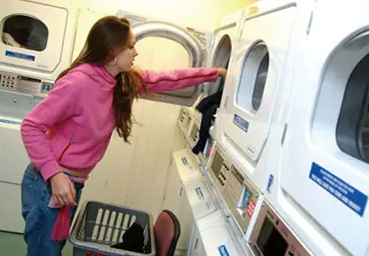
3. Reputação e Segurança de Vestuário
A tecnologia RFID é um meio confiável de verificação de autenticidade. Os consumidores podem usar seus celulares para escanear as etiquetas e verificar a autenticidade, e as marcas também podem rastrear esses produtos da fábrica até a prateleira, identificando produtos não autorizados do "mercado cinza". Isso representa uma grande vantagem para a reputação da marca.
RFI D Também é equipado com um sistema antirroubo. Etiquetas para estoque e prateleiras inteligentes são conectadas a sensores de saída. Se uma etiqueta não desativada no ponto de venda passar pela saída, um alarme é acionado.
Para lojas de roupas, usar a tecnologia RFID não é mais um sonho. Seja para uma loja de roupas de 50 metros quadrados ou um grande armazém, você pode facilmente obter as soluções fornecidas pela RFID.
De Meihe etiquetas autoadesivas RFID anti-roubo tornar essa tecnologia mais acessível e fácil de implementar, injetando nova vitalidade tecnológica na proteção da reputação da marca dos clientes e na segurança da carga.
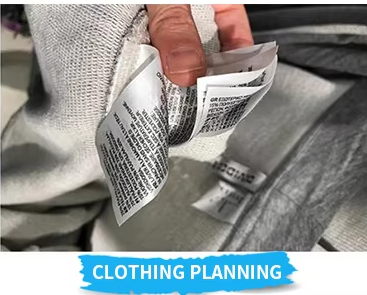
A Meihe usa a tecnologia RFID para tornar sua loja mais inteligente, lucrativa e segura!










